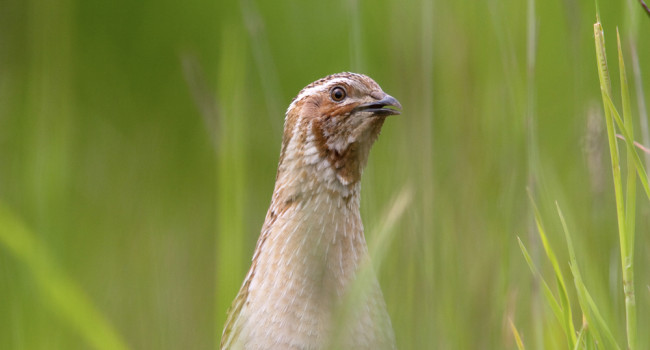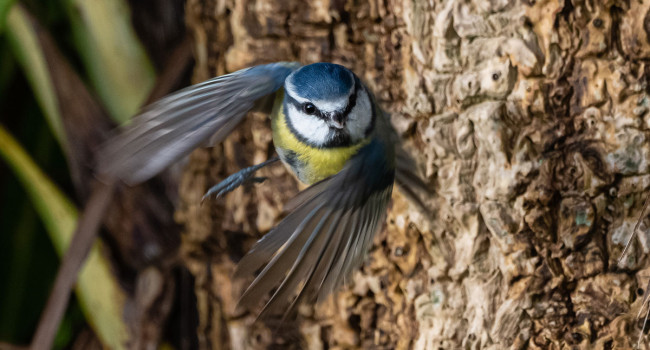Bird ringing and nest recording in Britain and Ireland in 2021

Author(s): Walker, R.H., Robinson, R.A., Barimore, C.J., Blackburn, J.R., Barber, L.J., Bugg, N.R., McCambridge, H.E., Grantham, M.J., Griffin, B.M., Leighton, K. & Schäfer, S.
Published: January 2024
Journal: Ringing & Migration Volume: 38
Digital Identifier No. (DOI): 10.1080/03078698.2023.2284510
Abstract
This is the 85th annual report of the British Trust for Ornithology’s Ringing Scheme, incorporating the report of the Nest Record Scheme and covering work carried out and data processed in 2021. In 2021, 105 Constant Effort Sites submitted data for the year. Long-term (1984–2020) declines in abundance were observed for five migrant, one partial migrant and five resident species, while long-term increases in abundance were recorded for two short-distance migrants and seven resident species. Ten species are exhibiting significant long-term declines in productivity, while only Chaffinch Fringilla coelebs shows a significant long-term increase. Long-term trends in survival indicate increases for 12 species and declines for seven. Short-term trends, which compare the current year to the five-year mean for 2016–20, show that the abundance of seven species increased significantly in 2021, with one species, Treecreeper Certhia familiaris, being recorded in higher numbers than in any previous year of CES monitoring. Significant decreases in abundance were recorded for four species. Productivity decreased significantly for seven migrant and 11 resident species in 2021, with six species recording their lowest breeding success since CES monitoring began; no species recorded a significant short-term increase. Significant changes in survival rate were observed for two species in 2021 compared to the five-year mean, with Song Thrush Turdus philomelos increasing and Chaffinch both declining and recording its lowest survival rate ever. The Garden CES trial continued in 2021, with 60 sites submitting data. The new winter ringing project also continued in 2021, with submissions received from 126 sites. The number of Retrapping Adults for Survival projects that were able to run and submit data in 2021 was 192, with data from one more project submitted too late to be included in this report and another four active projects unable to operate. In total, 60 species were monitored, with Starling Sturnus vulgaris (21 projects), House Sparrow Passer domesticus (20 projects), Pied Flycatcher Ficedula hypoleuca (19 projects), Reed Warbler Acrocephalus scirpaceus (nine projects) and Sand Martin Riparia riparia (nine projects) the species most studied. A total of 900 131 birds were ringed during the year, comprising 146 458 nestlings, 438 342 first-year birds, 291 127 adults (birds in their second calendar year or older) and 24 204 birds whose age could not be determined. In addition, there were 210 147 recaptures of ringed birds at or near the ringing site. In total, 42 328 recoveries (birds found dead, recaptured or resighted at least 5 km from the place of ringing) of BTO-ringed birds were reported in 2021. The Appendix highlights a selection of recoveries that have extended our knowledge of movements, as well as longevity records established during the year. A total of 41 096 NRS submissions were received in 2021. Mean laying dates for 2021 were significantly later than the average for 13 species and only one species significantly advanced its laying date. Five species displayed a significant change in fledglings per breeding attempt, with two recording increased productivity and three reduced productivity. Permits or licences to disturb breeding birds on Schedule 1 of the Wildlife and Countryside Act 1981 (as amended) were prepared and issued to 602 ringers and nest recorders in 2021. During 2021, 2588 marking endorsements, 868 sampling endorsements and 214 trapping endorsements were issued in the UK and overseas.
Staff Author(s)















Share this page